Category: Product
-
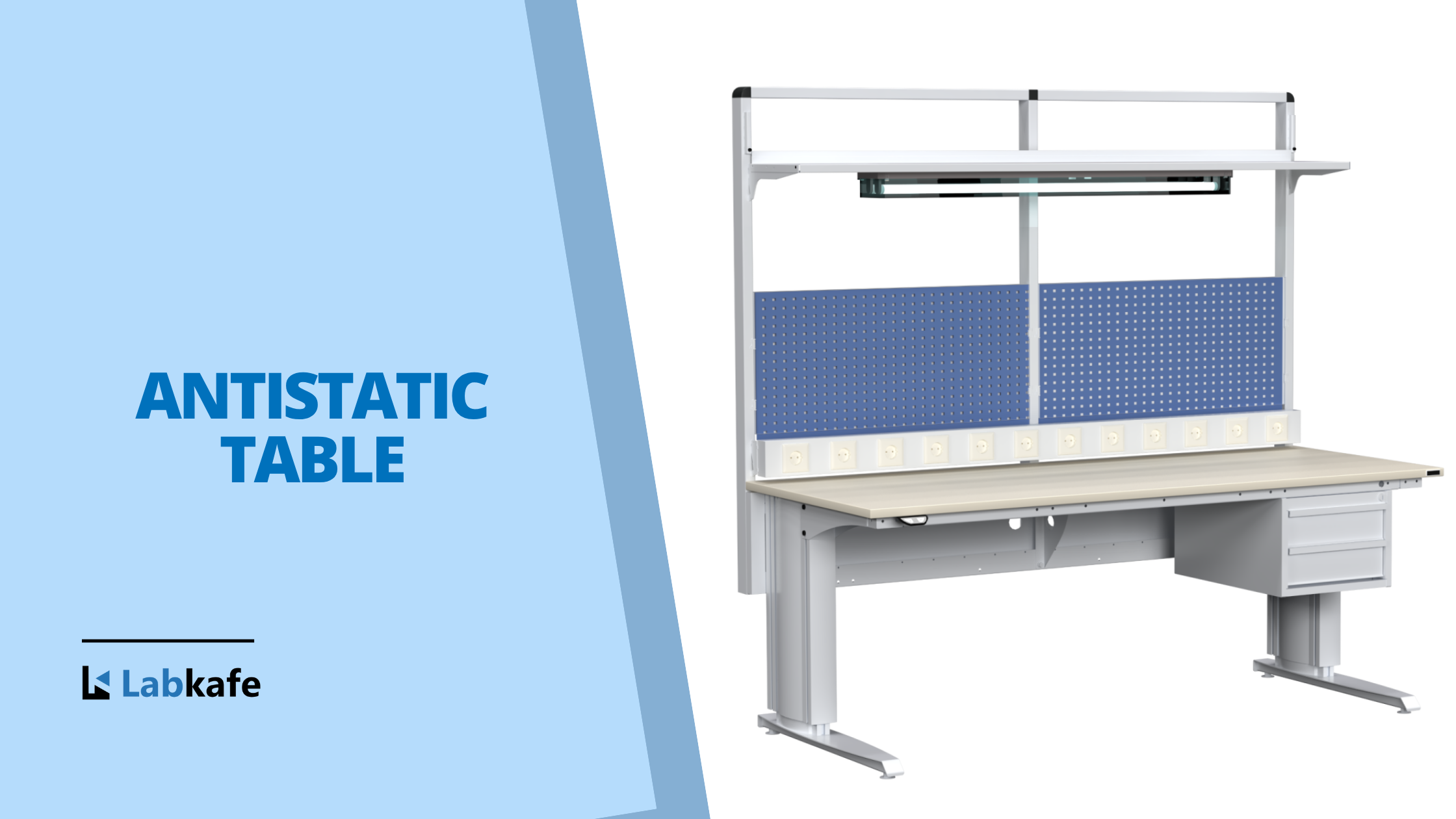
What is an Antistatic table? Complete Guide for Modern Labs
Table of Contents In modern modular Labs, maintaining precision and accuracy in specific experiments with equipment safety is highly essential. One of the most overlooked yet vital components of electronics lab furniture is the Antistatic Table. The motionless table is primarily designed to prevent electrostatic discharge (ESD) from damaging sensitive electronic components. These tables are…
-
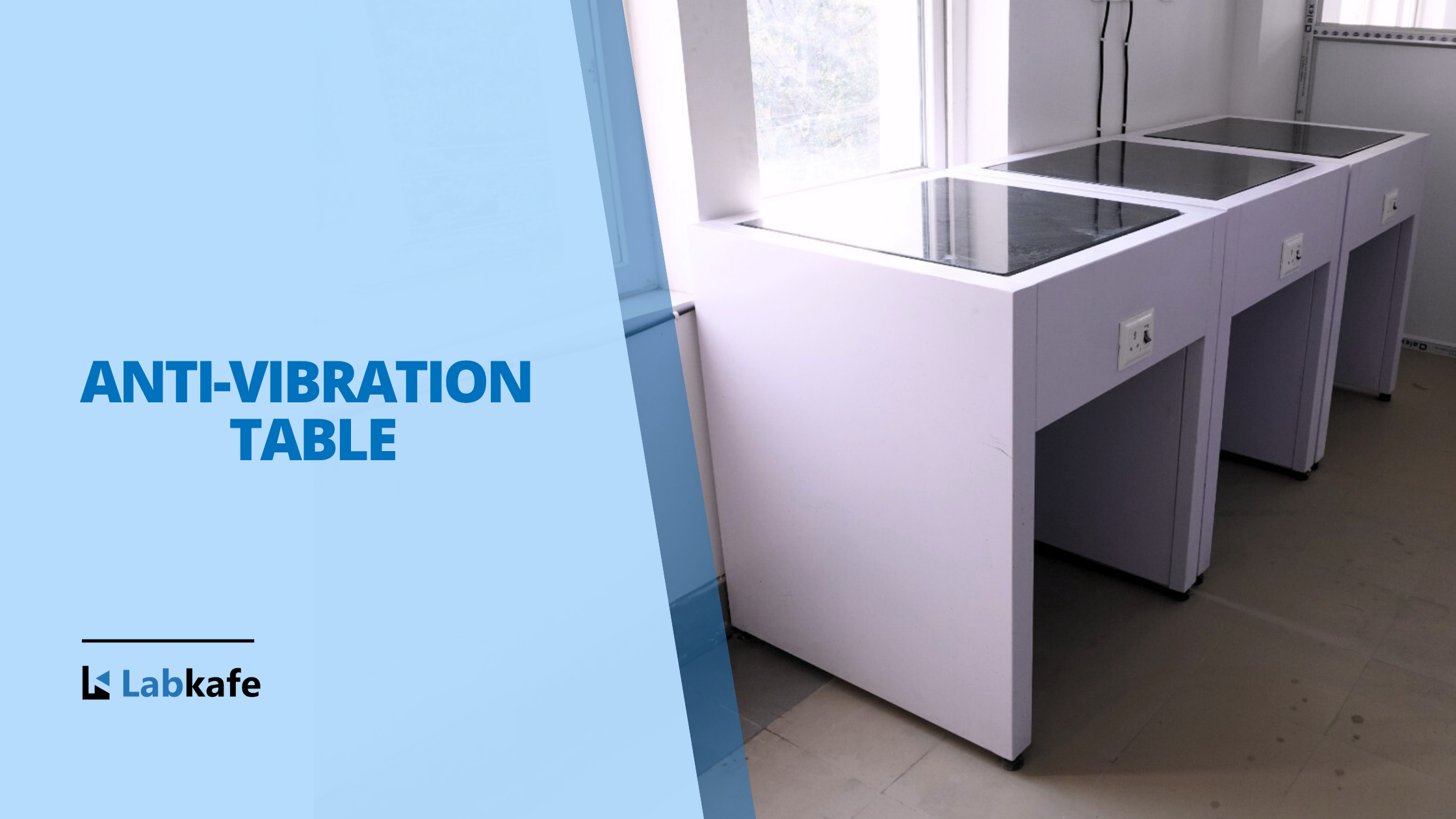
Anti-Vibration Table: Application in Modern Labs
Table of contents At the age of modern labs, where accuracy refines the true meaning of innovation. Even the finest vibration or structural movement can create a huge disturbance in an experiment. That’s where we need an anti-vibration table to avoid measurement fluctuations, inaccurate readings, or inconsistent data. To address these challenges, Labkafe introduces the…
-
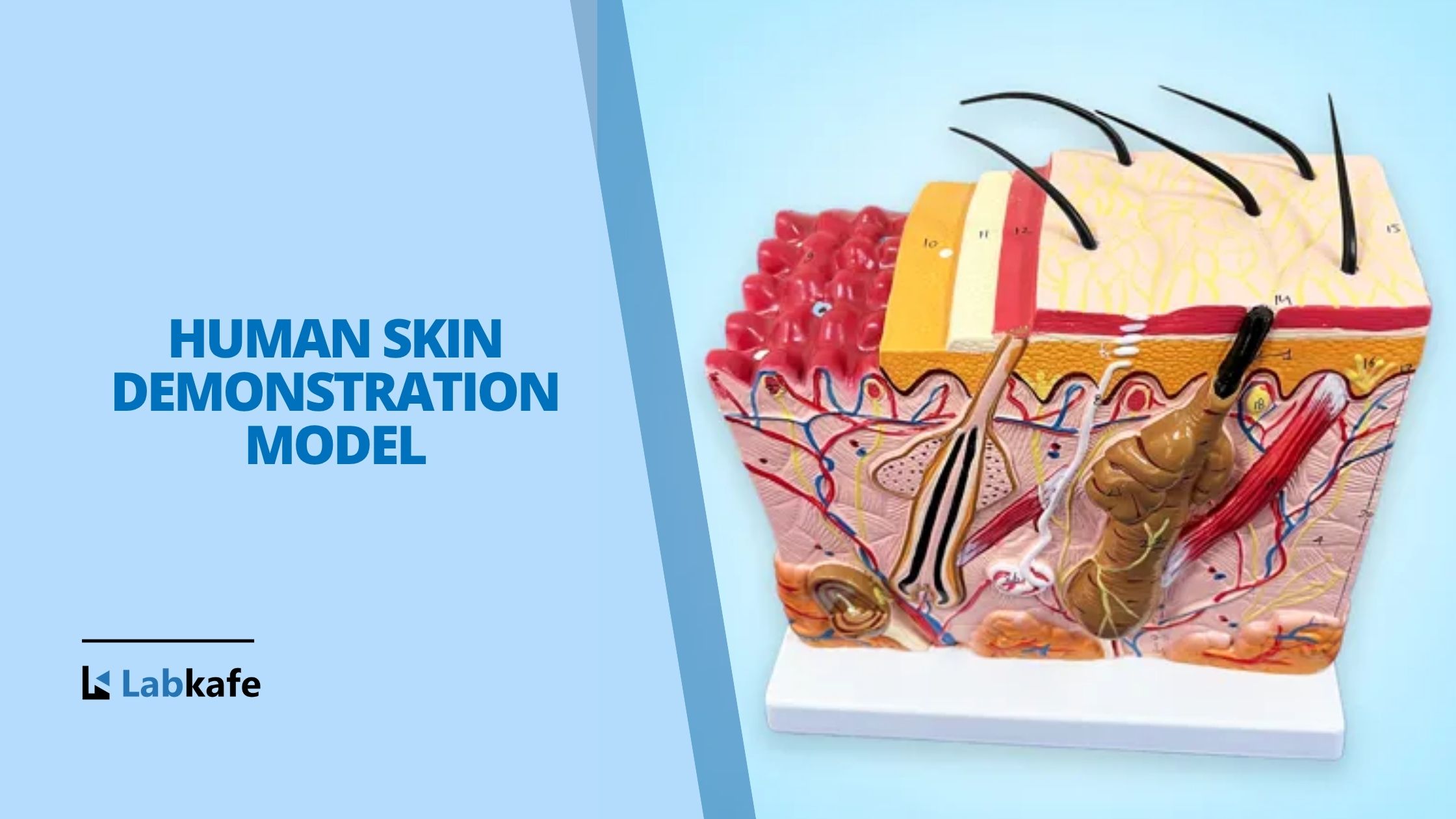
Understanding Human Skin: Discover layers with Labkafe’s Skin Model
Table of contents Introduction The skin is a complex, multi-layered, and the largest organ in the body, covering the external surface of the human body. It plays a crucial role in regulation, sensory, and defense. There are three layers of the human skin model that have different anatomical and structural functions. Understanding the anatomical structure…
-

Fume Hood vs Biosafety Cabinet: 5 Key Differences You Must Know
Essential Differences Between Fume Hood vs Biosafety Cabinet When working in laboratories, choosing between a fume hood and a biosafety cabinet depends on what hazards you aim to control. Although they may look similar, their design, purpose, and protective features differ significantly. Let’s explore the key differences between a fume hood vs biosafety cabinet based…
-
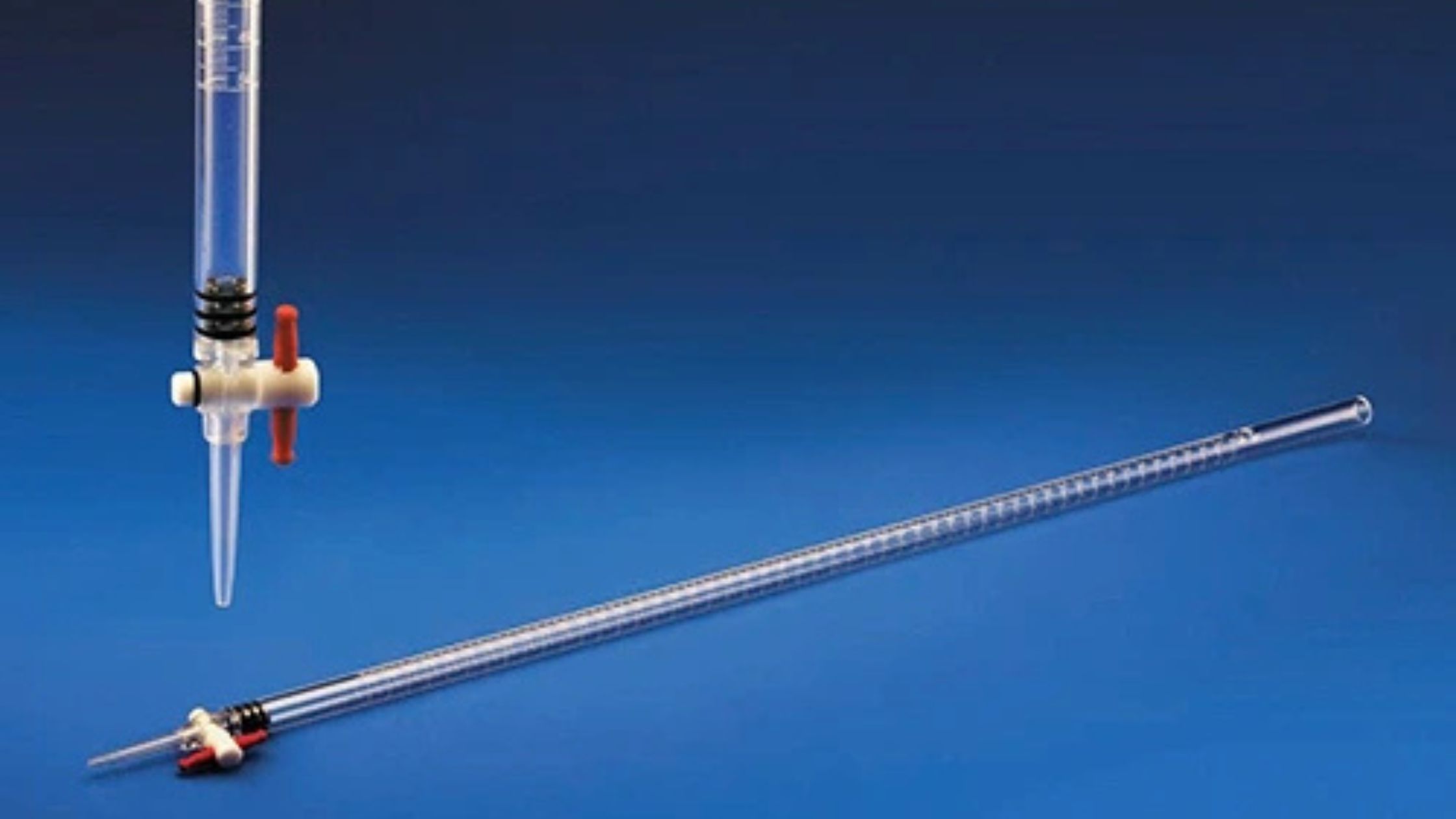
Top 2 Chemistry Lab Burettes & Their Uses
Ever performed a titration in the lab only to find an absurd value? The process of reloading the burette might sound scary, but what’s worse is the fact that the analyte in your flask is now ruined. Even though the color in your flask isn’t what it should be, the volume you need has already…
-

Which Chemistry Lab Gloves Should You Wear?
From students handling fuming acids to researchers working with toxic chemicals, everyone in the lab faces different levels of chemical exposure. Depending on what they’re working with, they need different types of hand protection. This is where chemistry lab gloves play a key role. If you’re wondering which gloves to use, why they’re important, or…
-
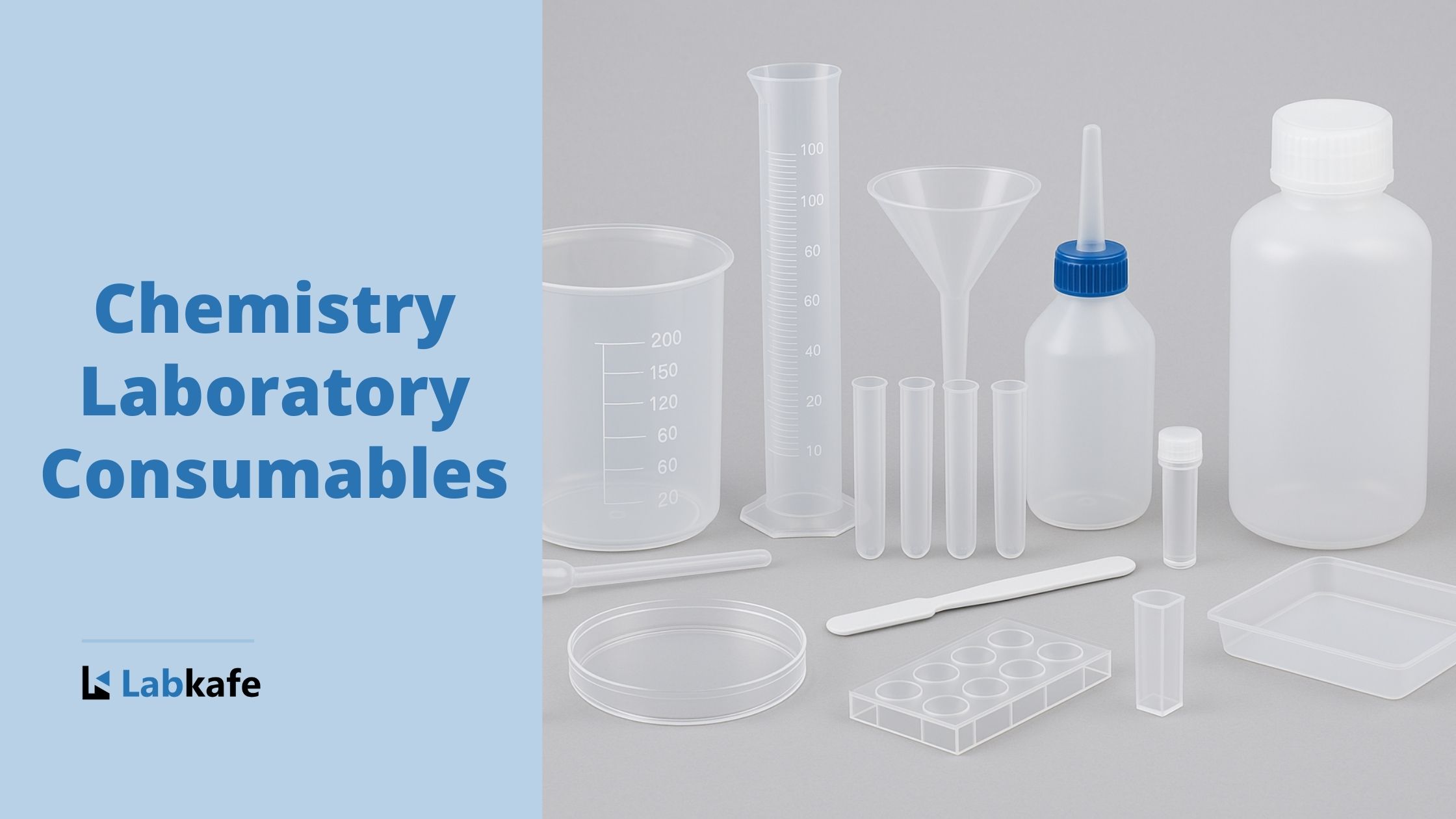
Essential Chemistry Laboratory Consumables List
Keeping your chemistry lab stocked with all the necessary chemistry laboratory consumables can be a hectic task. No wonder the frustration when you need filter paper or phenolphthalein, only to find that your stock is exhausted. Don’t worry, this list has you covered. We have included every possible consumable you might need to run your…
-
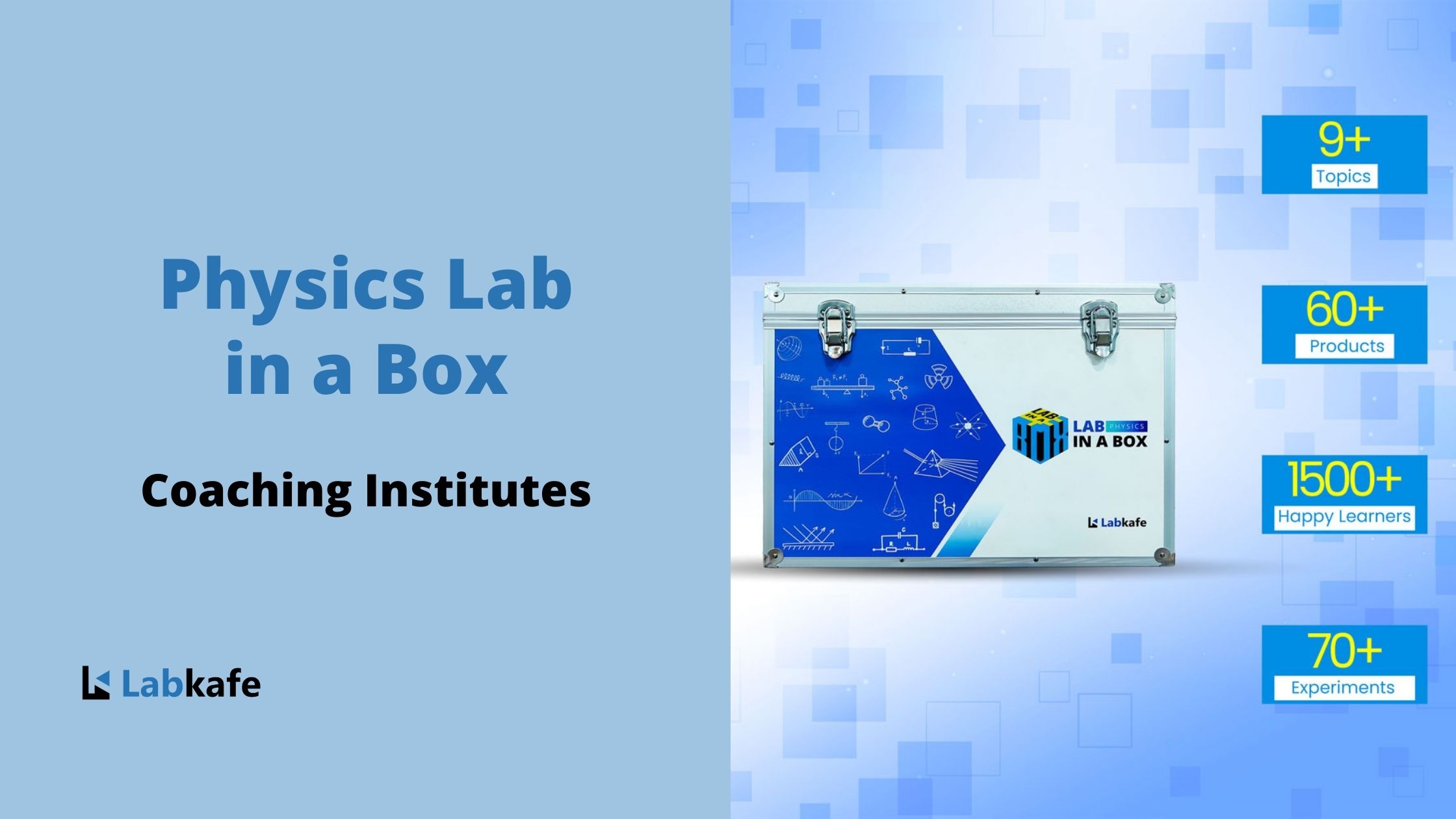
Physics Lab in a Box for Coaching Centers in India
In coaching institutes for classes 6 to 10 in India, hands-on learning is essential for enhancing students’ understanding of physics concepts and improving practical skills. The Physics Lab in a Box for coaching centers comes in handy for institutes teaching physics to students of classes 6 to 10 in India. It is tailored to the…
-
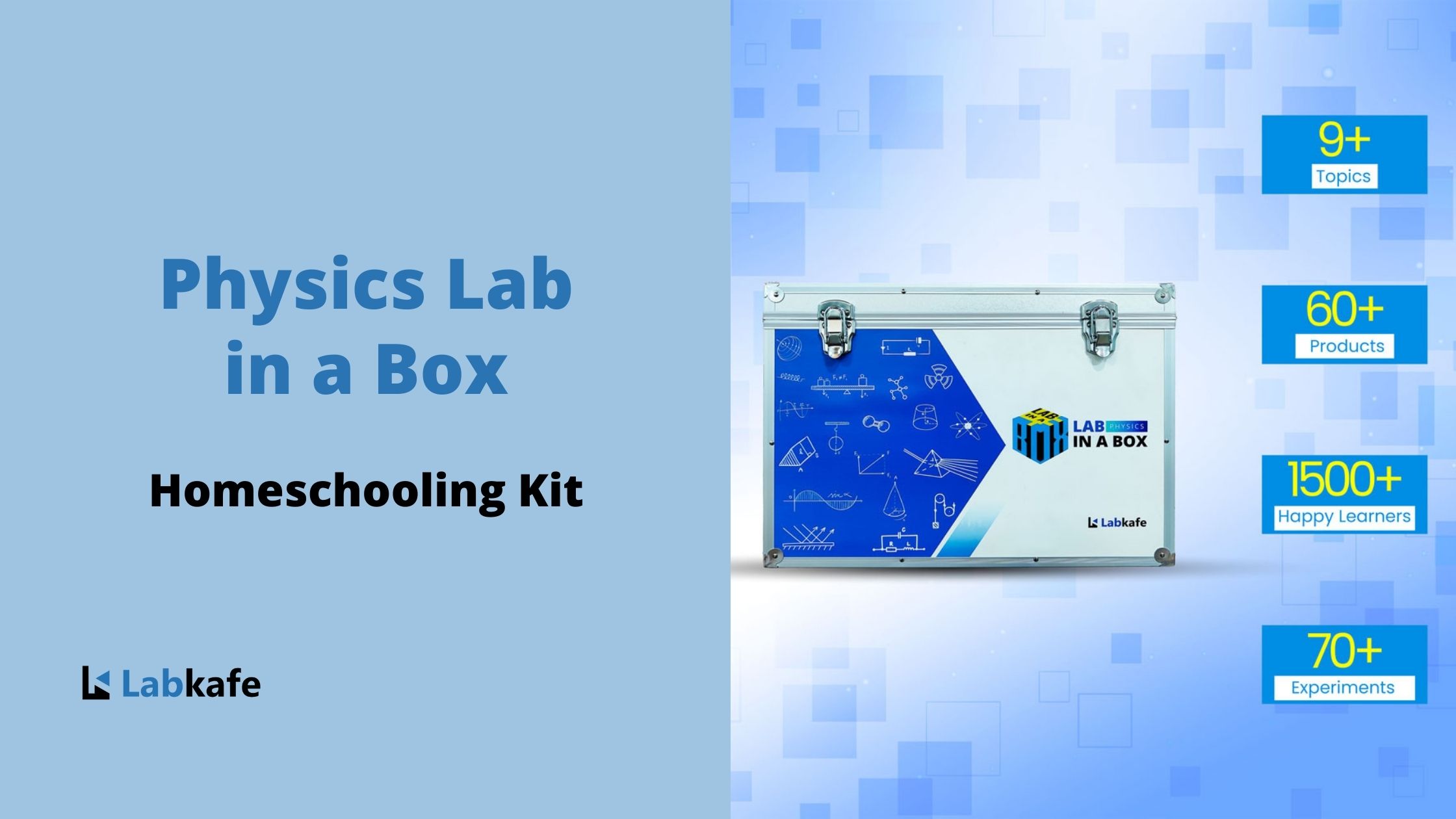
Hands-On Homeschooling Resource: The Physics Lab in a Box
Homeschooling students from grades 6 to 10 need hands-on education to explore, research, and develop problem-solving skills while increasing their curiosity. However, homeschooled students often get little opportunity for practical learning, limiting their ability to perform well in Ivy League admissions or competitive exams. Early hands-on exposure to learning from class 6 onward equips students…
-
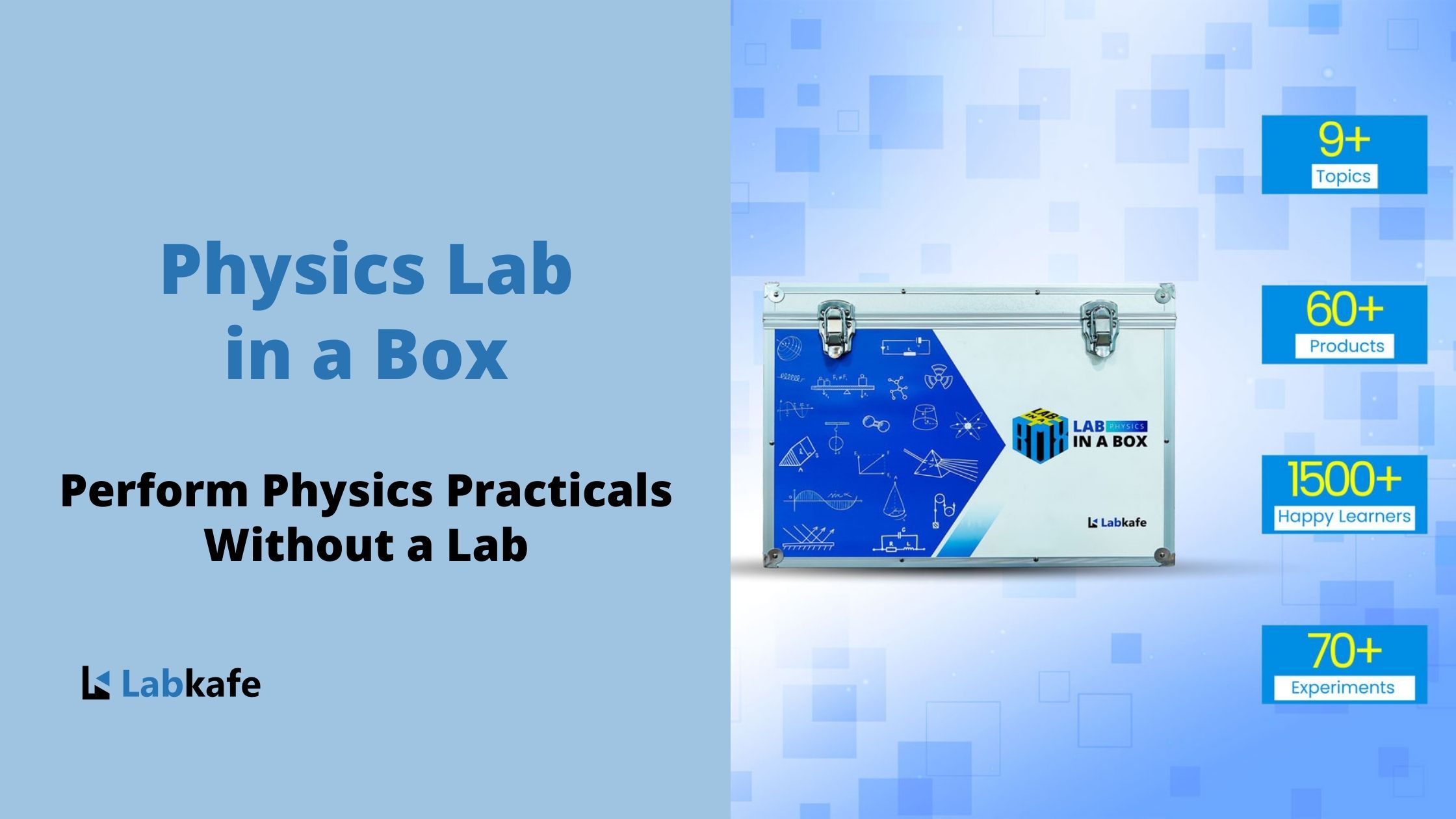
Physics Lab in a Box: Demonstrate School Physics Practical Without a Lab
Do Indian Schools have Sufficient Physics Labs? The short answer is NO, Indian schools do not have sufficient physics labs to cater to the current student population. We will examine contemporary examples and evidence to understand how the lack of physics and science labs is hindering the growth of Indian education. Meanwhile, the Physics Lab…
-
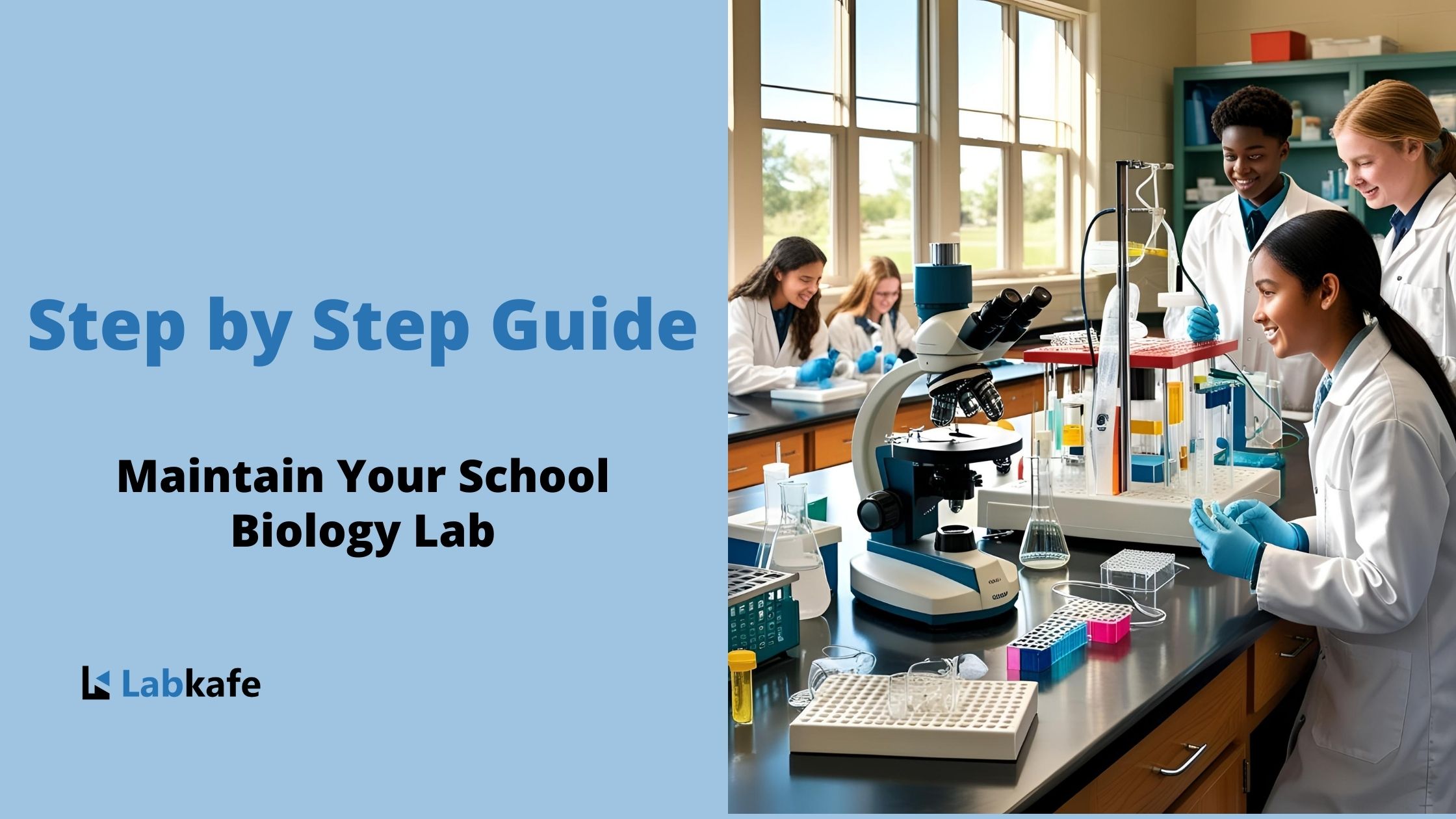
Maintain School Biology Lab: Essential Tips & Best Practices
Learn how to maintain your school biology lab effectively. Discover essential tips for safety, organization, and optimal learning environments. Why is it Difficult to Maintain the School Biology Lab? Biology labs need specimens (live and preserved), reagents and apparatus that are used for various experiments. It is often challenging to run a lab smoothly. If…
-
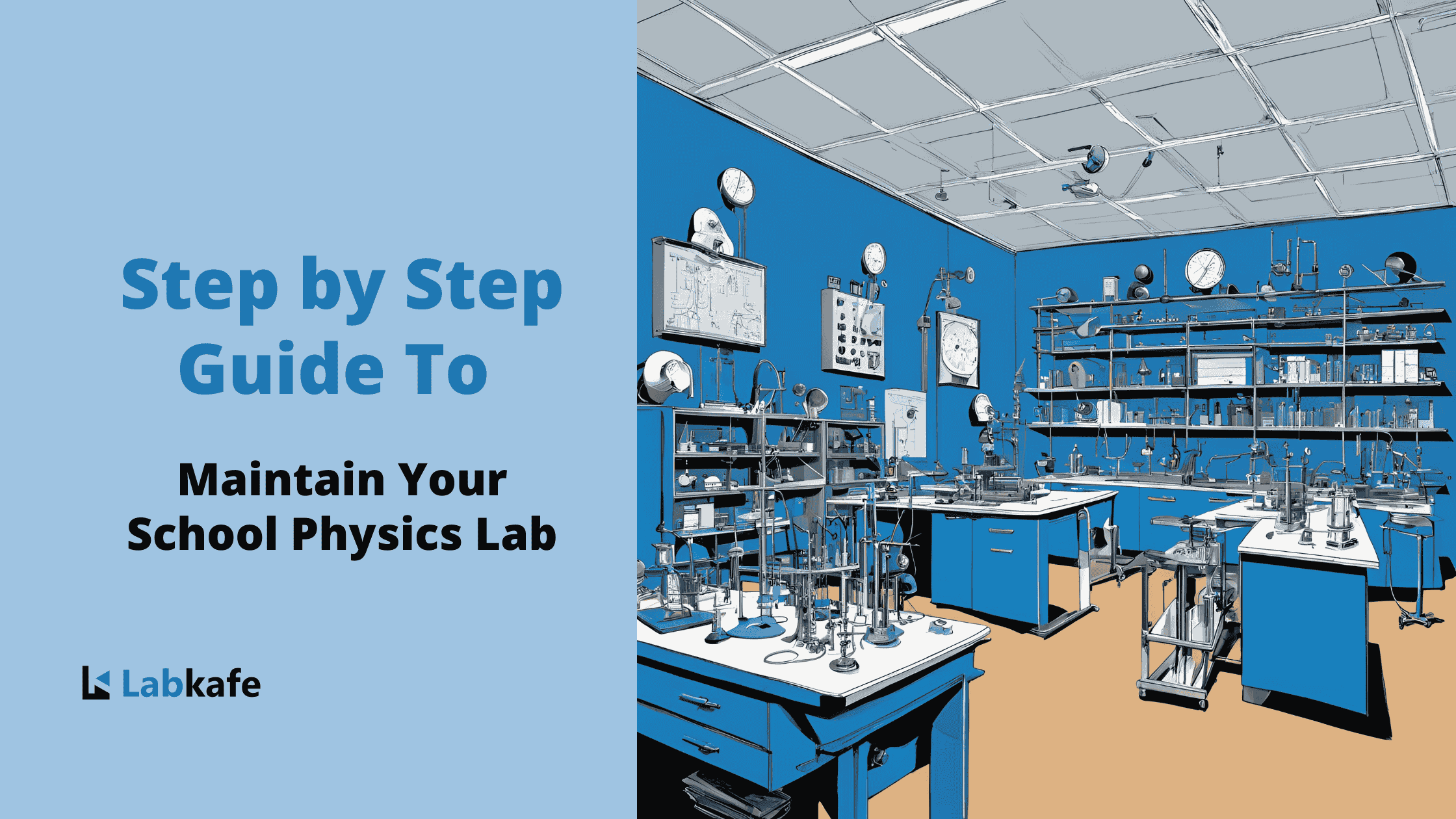
How To Maintain the School Physics Lab- 5 Step Guide
Why is it Important to Maintain your School Physics Lab? School Administrators face several challenges to maintain the school physics lab. Here is a complete guide to understanding what you need to do in order to keep your school physics lab up and running for practical, board exams and inspections. 1. How to Maintain Equipment…
-
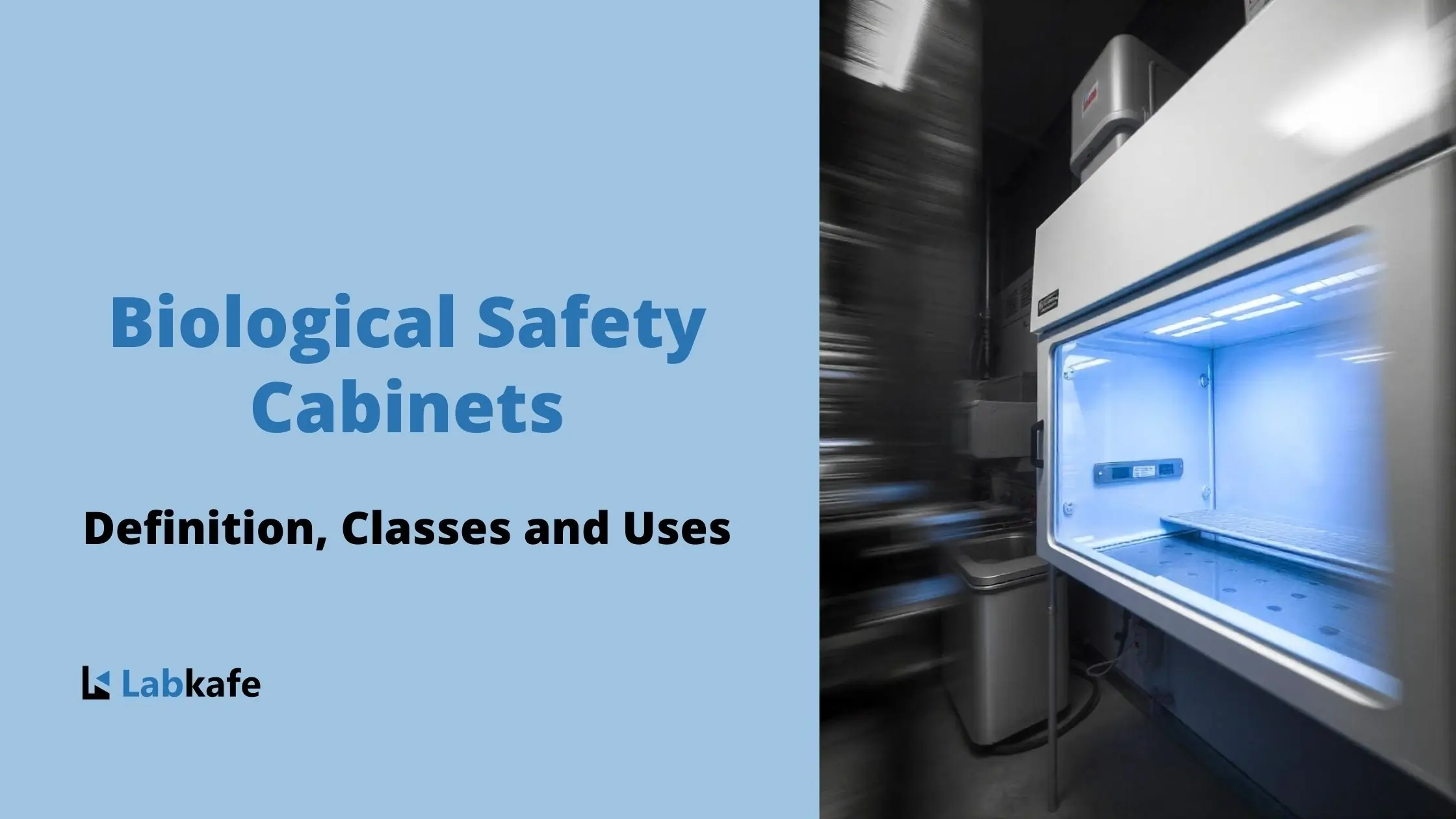
Types of Biological Safety Cabinets
What is a Biological Safety Cabinet? A biological safety cabinet (BSC), also known as a microbiological safety cabinet, is an enclosed, ventilated workspace designed to handle potentially hazardous biological substances. It provides protection for the user, the environment, and the samples by controlling airflow and filtering contaminants. These cabinets are equipped with lighting, research tools,…
-
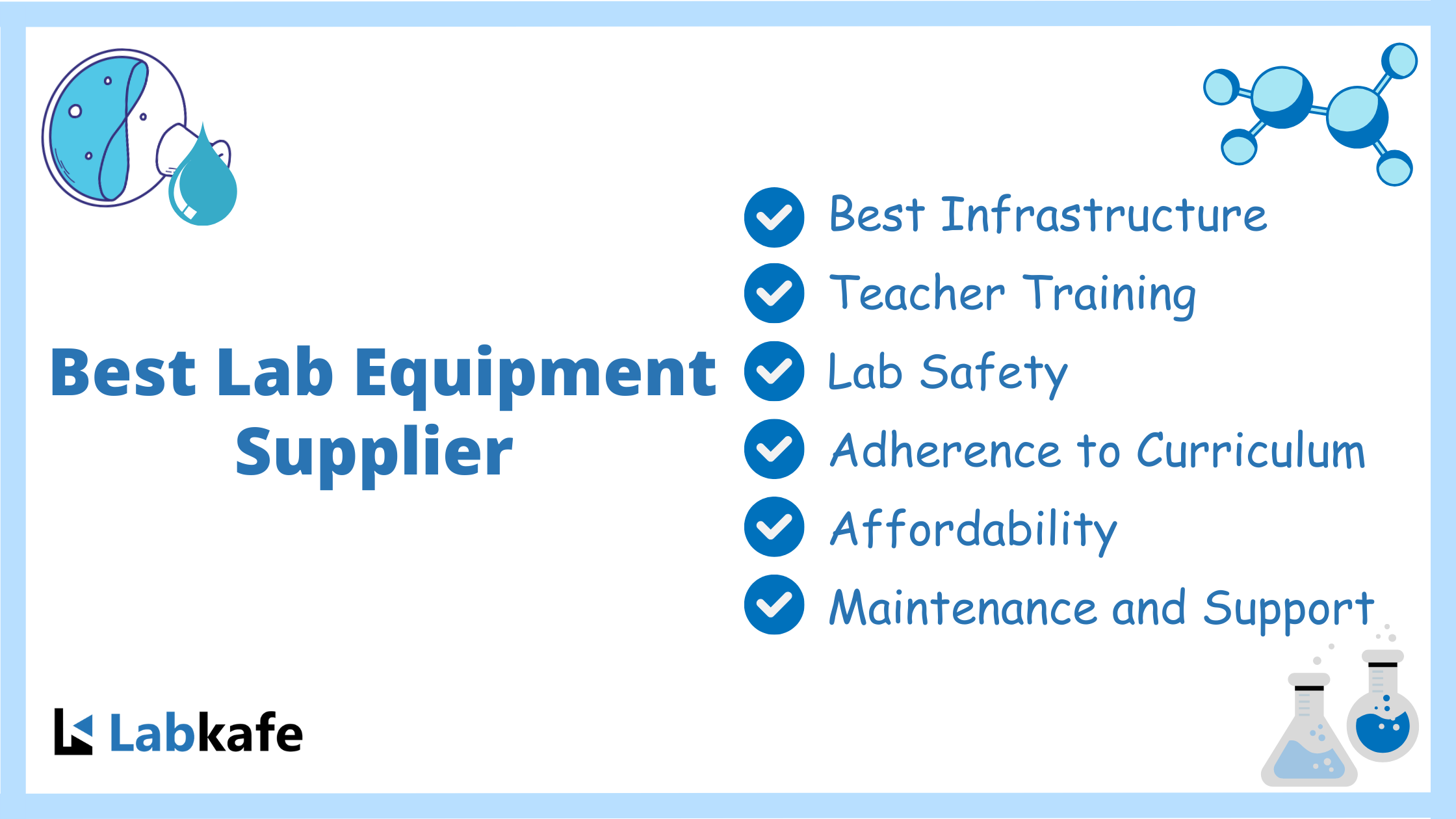
Best Lab Equipment Supplier for Board Exams in India
Labkafe is the market leading lab equipment supplier in India, with world class equipment and furniture solutions. We have served over 1,800 institutions in India and beyond. Our vast inventory of 12,000+ lab equipment and 140+ STEM kits offer unique laboratory and classroom learning solutions that are unparalleled. Our services offer lab solutions and demonstration…
-

Board Examination News: Important Dates, Syllabus for Karnataka, Bihar, UP and CBSE Boards
Board Examination News for Karnataka, Bihar, UP and CBSE Boards including exam dates, timetable, official syllabus and how to prepare. Board Exam Latest News As we approach the months of February and March, the board exams, including theory and practical, are going to be conducted. To understand what you can do during this time to…